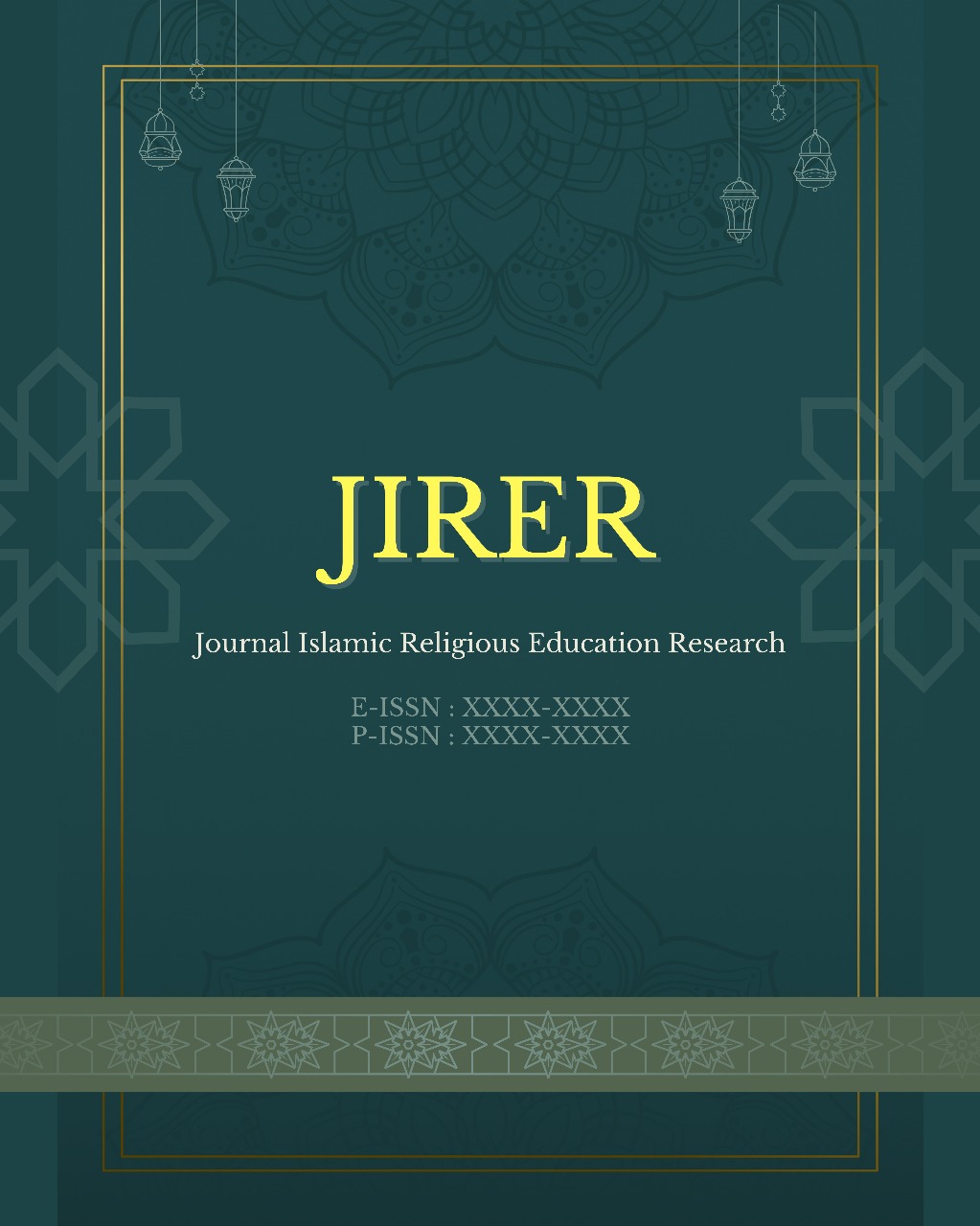Kajian Dalil Naqli Metode Hypnoteaching dalam Pembelajaran Bahasa Arab
Keywords:
Alam Bawah Sadar, Hypnoteaching, Pembelajaran BahasaAbstract
The hypnoteaching method has often been used by educators in classroom learning. This article aims to find out the evidence of the Qur'an and Hadith about the hypnoteaching method and its practice in language learning. This research is a literature study using a qualitative method that is descriptive analysis. This article contains an analysis of the naqli evidence on the principles of hypnoteaching and its practice in language learning. In this analysis, the naqli evidence shows that most of the principles of hypnoteaching have a religious basis, either from the Qur'an or Hadith. The results of the study show that in theory the hypnoteaching method has a complete theoretical framework, which includes Islamic theory in the form of naqli evidence on the principles of implementing hypnoteaching, as well as the theory of Sigmund Freud's Psychoanalytic psychology as the forerunner to the emergence of the hypnoteaching method.
References
Baroroh, R Umi, and Abdul Kahfi Amrulloh, ‘Hypnoteaching Method in Arabic Learning’, Jurnal Al Bayan: Jurnal Jurusan Pendidikan Bahasa Arab, 11.1 (2019), 133–48 <https://doi.org/10.24042/albayan.v11i1.3634>
Djamaluddin, Ahdar, and Wardana, Belajar Dan Pembelajaran, CV Kaaffah Learning Center, 2019
Fahriana, Ava Swastika, ‘Islamic Education Dynamic in the Epistemology of Learning Theory’, 2017 <https://doi.org/https://doi.org/10.30762/DIDAKTIKA.V5I2.623>
Hai Guizhen, Psychological Hypnosis Teaching Aid., 2017
Hamid, Bisri Mustofa & M Abdul Hamid, Metode & Strategi Pembelajaran Bahasa Arab (Malang: UIN Malang Press, 2011)
Matt Biggar, Nicole M. Ardoin, ‘More than Good Intentions: The Role of Conditions in Personal Transportation Behaviour’, Local Environment, 2017 <https://doi.org/https://doi.org/10.1080/13549839.2016.1177715>
Murdiyanto, Eko, Metode Penelitian Kualitatif (Sistematika Penelitian Kualitatif), Bandung: Rosda Karya, 2020 <http://www.academia.edu/download/35360663/METODE_PENELITIAN_KUALITAIF.docx>
N. Yustisia, Hypnoteaching Seni Ajar Mengeksplorasi Otak Peserta Didik (Yogyakarta: Ar-Ruzz Media, 2016)
Rahma, Fathul, and Neviyarni Neviyarni, ‘Hypnoteaching Learning Theory Analysis in the Learning Process’, Journal of Counseling, Education and Society, 2.1 (2021), 7 <https://doi.org/10.29210/08jces71300>
Rowin, Inchinia Angger, and Asmaul Husna, ‘ّ ةغللا ميلعت ةرودب يميلعتلا يسيطانغملا ميونتلا ساسأ ىلع مالكلا ةراهم ميلعت ل جذومن لا ريوطت ةيقرشلا ةواج يريدك يراب يميداكأ ماغرض طقسم ةفثكملا ةيبرعلا’, 8.1 (2022), 84–108
الإمام محمد بن إسماعيل البخاري, صحيح البخاري (بيروت: دار الفكر)
Downloads
Published
Issue
Section
License
Copyright (c) 2025 JIRER JOURNAL ISLAMIC RELIGIOUS EDUCATION RESEARCH

This work is licensed under a Creative Commons Attribution-NonCommercial-ShareAlike 4.0 International License.






